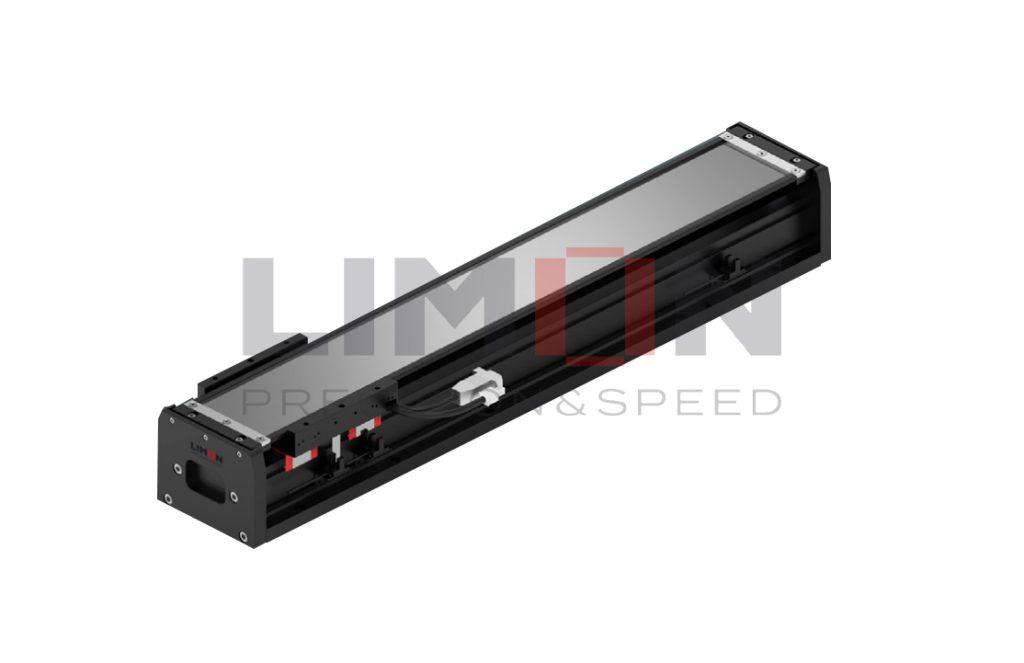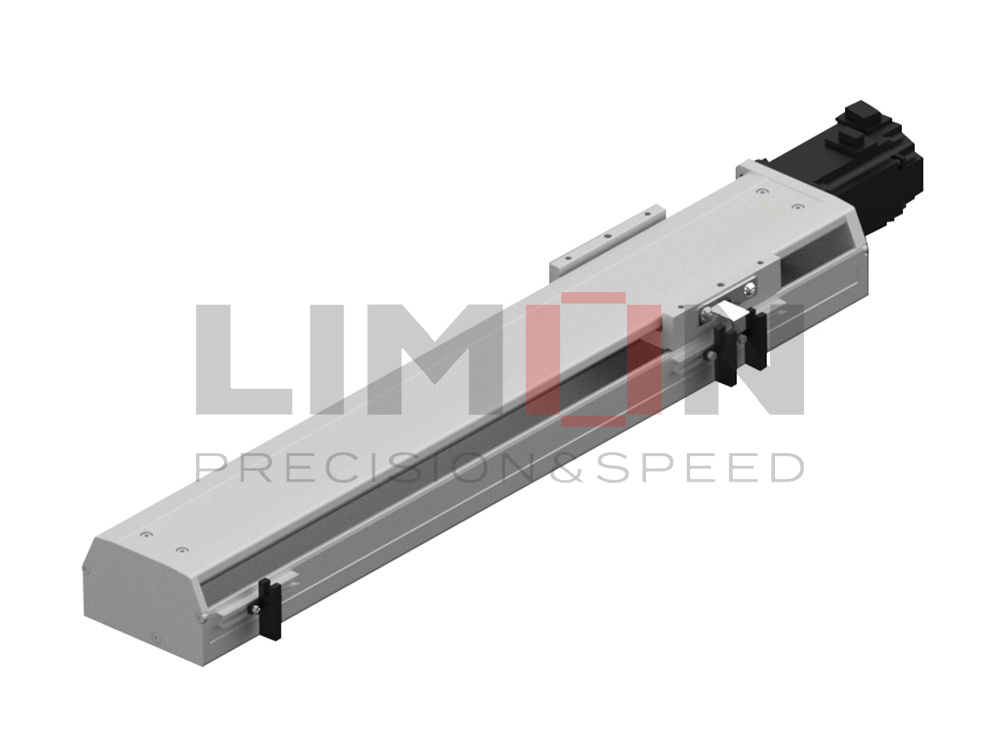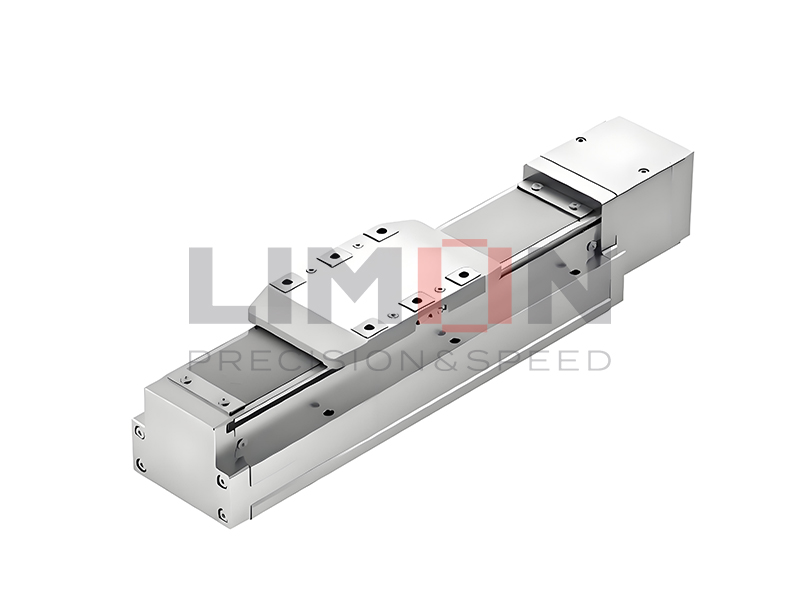When it comes to low-speed, high-load linear motion, engineers often face a critical decision: should you go with oil-free bushings or linear bearings? The answer depends on more than just specs—it’s about environmental conditions, maintenance goals, and performance expectations.
Let’s break it down.
What Are Oil-Free Bushings?
Also known as self-lubricating bushings, these components are designed to operate without external lubrication, making them ideal for dirty, high-load environments.
Pros of Oil-Free Bushings:
-
Perfect for low-speed, high-load applications
-
No external lubrication required → low maintenance
-
Resistant to dust, dirt, and contaminants
-
Cost-effective and easy to install
-
Run quietly compared to rolling bearings
Cons of Oil-Free Bushings:
-
Lower precision than linear bearings
-
Higher friction coefficient
-
May wear faster under high-speed or misaligned conditions
What Are Linear Bearings?
Linear bearings (ball or roller type) are precision components designed for smooth, low-friction motion, especially suited for high-speed and clean applications.
Pros of Linear Bearings:
-
High accuracy and low friction
-
Excellent for high-speed movement
-
Longer life in clean, well-lubricated environments
Cons of Linear Bearings:
-
Poor performance in low-speed, high-load static conditions → risk of brinelling or deformation
-
Require regular lubrication
-
Sensitive to dust, misalignment, and vibration
-
Generally more expensive than bushings
Which Is Better for Low-Speed, High-Load Applications?
In harsh environments where precision is not the primary goal, oil-free bushings take the win:
| Scenario | Recommended Solution |
|---|---|
| Low speed, high load, dirty | Oil-Free Bushings |
| High speed, light/medium load, clean | Linear Bearings |
| Precision + rigidity (CNC, robotics) | Linear Bearings + Guideways |
| Low maintenance, simple systems | Bushings on Hardened Shaft |
Considerations When Using Linear Bearings with Guideways
Thinking of combining linear bearings with guideways? Here are some key engineering notes:
Compatibility
-
Match the bearing type to the guideway (e.g., round shaft vs. profile rail)
Alignment
-
Linear bearings demand precise alignment—errors here cause rapid wear
Lubrication Management
-
Set up regular maintenance for grease/oil delivery on long guideways
Load Distribution
-
Uneven load sharing among bearings leads to premature wear—design for even load paths
Environmental Factors: Know Your Application
| Environment | Recommendation |
|---|---|
| Dusty/Dirty | Oil-Free Bushings or Sealed Linear Bearings |
| Cleanroom/Precision Equipment | Linear Bearings with Profile Rails |
Conclusion
If your system demands low-speed, high-load durability, with minimal maintenance and tolerance to grime, oil-free bushings are your best bet. For high-speed, precision-critical applications, linear bearings are unmatched.




